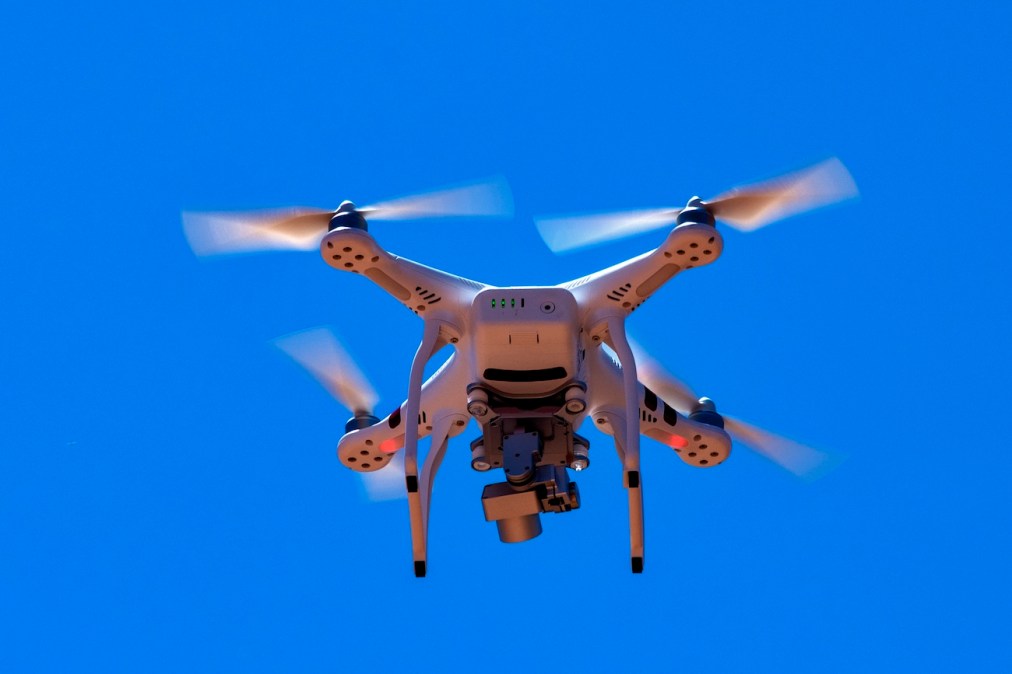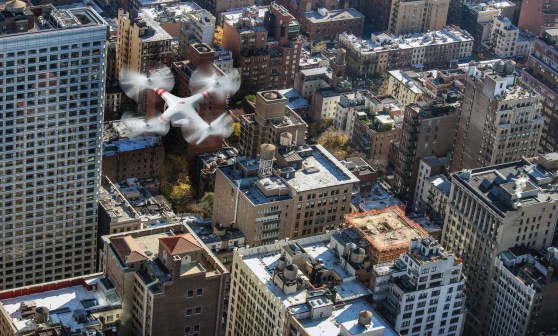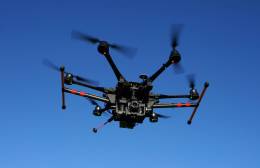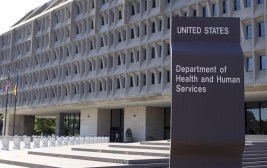For unauthorized drone investigations, law enforcement needs help with ‘remote ID,’ GAO says

The Federal Aviation Administration must provide state, local and tribal law enforcement agencies with additional resources so they can investigate unauthorized drone activity, according to a report released Thursday by the U.S. Government Accountability Office.
The GAO report concerns “remote ID” technology, which acts as a digital license plate for drones, allowing law enforcement to remotely identify drones, providing real-time information during investigations into unauthorized activity. The GAO report found, however, that the FAA offers limited resources to support on using the tech state and local law enforcement agencies.
The report also found that law enforcement agencies had “little knowledge” of remote ID and how it could be used in their investigations.
The report also notes shortcomings with the technology, such as whether the location-broadcasting technologies used by remote ID — Wi-Fi or Bluetooth — are sufficient for commercial drone operations.
The GAO report says that the FAA and Department of Homeland Security are developing applications that would provide drones’ remote ID information to law enforcement more seamlessly, but neither have said when those applications will be available.
The GAO recommended the FAA developing resources to help tribal, state and local law enforcement agencies use remote ID and develop a plan and timeline for releasing its drone-location software, as well as find a way to provide real-time, networked data about the location and status of drones. GAO also recommended DHS develop a plan and timeline for its remote ID application.
The FAA and DHS concurred with the report’s recommendations. In the report, FAA officials said that their agency may begin assessing which additional technologies can be developed to aid in real-time identification of drones. The report concluded that if the FAA does not act, its progress toward integrating drones into the national airspace may be at risk.






